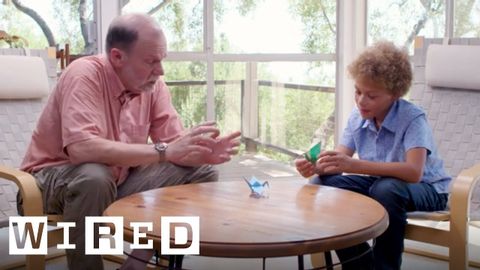物理学者が折り紙を5つの難易度で説明|WIRED.jp (物理学者が折り紙を5つの難易度で説明 | WIRED.jp)
林宜悉 が 2021 年 12 月 15 日 に投稿  この条件に一致する単語はありません
この条件に一致する単語はありませんUS /ɪnˈkrɛdəblɪ/
・
UK /ɪnˈkredəbli/
- adv.信じられないことに;信じられないほど;信じられないほど;驚くほど
- v.t./i.ストレッチをする : 体を伸ばす;伸ばす : 張る : 広げる
- n.ストレッチ : 体を伸ばすこと;一続きのもの;(一続きの)時間 : 期間
- n. (c./u.)模範 : 見本;模様 : 柄;様式;規則性;型紙
- v.t.模倣する;模様をつける
エネルギーを使用
すべての単語を解除
発音・解説・フィルター機能を解除
